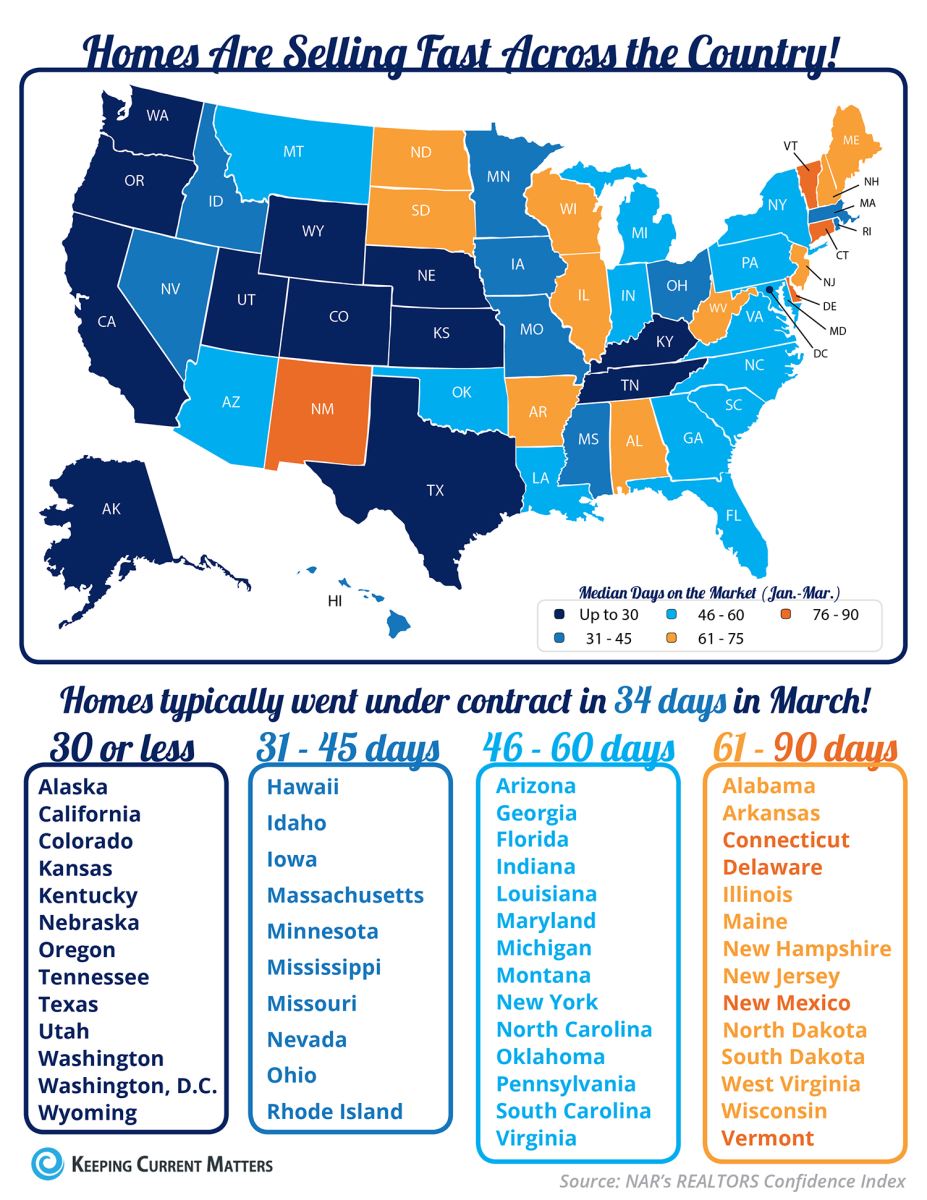Get ready for the Salute to Summer Festival in La Vista!
 It's going to be an exciting spring/summer in Omaha with our fantastic line-up of events!
It's going to be an exciting spring/summer in Omaha with our fantastic line-up of events!
One of the most anticipated is right around the corner and it celebrates our gorgeous upcoming summer months! The 'Salute to Summer Festival' is ready to entertain from May 25-28.
This wonderful festival features something for every age! From carnival rides and games to car shows and community cook-off. Get all your details below:
Parade Information-Map and Registration Information
Hometown Heroes- An event honoring all our Veterans & Active Duty Service Personnel
Car Show & Shine- Cruise of LaVista, Fireworks and more.
Hot Wheel Races- Bring your own Hot Wheels or use one provided while competing in multiple races!
Fireworks Display- Best viewing locations pinpointed here!
Family Pool Party- Swimming & Music....and it's all FREE!
Beer Garden- Live Music and Beverages to kick-off summer!

 The Omaha Real Estate market is booming! It's an excellent time to consider putting your Omaha area home on the market as home sellers are selling quickly and for top dollar.
The Omaha Real Estate market is booming! It's an excellent time to consider putting your Omaha area home on the market as home sellers are selling quickly and for top dollar.

 In 2009, Jeff Slobotski and Dusty Davidson, Silicon Prairie News co-founders, started a conference named the
In 2009, Jeff Slobotski and Dusty Davidson, Silicon Prairie News co-founders, started a conference named the 
 Easter weekend is upon us, and that means family fun for everyone. Kids are getting excited for the surprises the Easter Bunny will bring, parents are ready for family time and good food, and everyone can't wait to see what the Easter eggs have in store for them. The question is, where do you celebrate?
Easter weekend is upon us, and that means family fun for everyone. Kids are getting excited for the surprises the Easter Bunny will bring, parents are ready for family time and good food, and everyone can't wait to see what the Easter eggs have in store for them. The question is, where do you celebrate?  The Easter Extravaganza
The Easter Extravaganza With over 13 magnificent hand-built displays, these larger than life sculptures show the web of connections that nature sustains in everyday life. Kids can gaze as the wingspan of a monarch butterfly, see the colorful display of the peacock’s tail, or hang with the buck and his deer.
With over 13 magnificent hand-built displays, these larger than life sculptures show the web of connections that nature sustains in everyday life. Kids can gaze as the wingspan of a monarch butterfly, see the colorful display of the peacock’s tail, or hang with the buck and his deer.  Lace up those running shoes and get ready for the
Lace up those running shoes and get ready for the 
 For three days film makers of all sorts are able to feature their videos, commercial, educational films and much more to open the eyes and hearts of those who have not had the opportunity to truly enjoy horses from their point of view. The
For three days film makers of all sorts are able to feature their videos, commercial, educational films and much more to open the eyes and hearts of those who have not had the opportunity to truly enjoy horses from their point of view. The 










